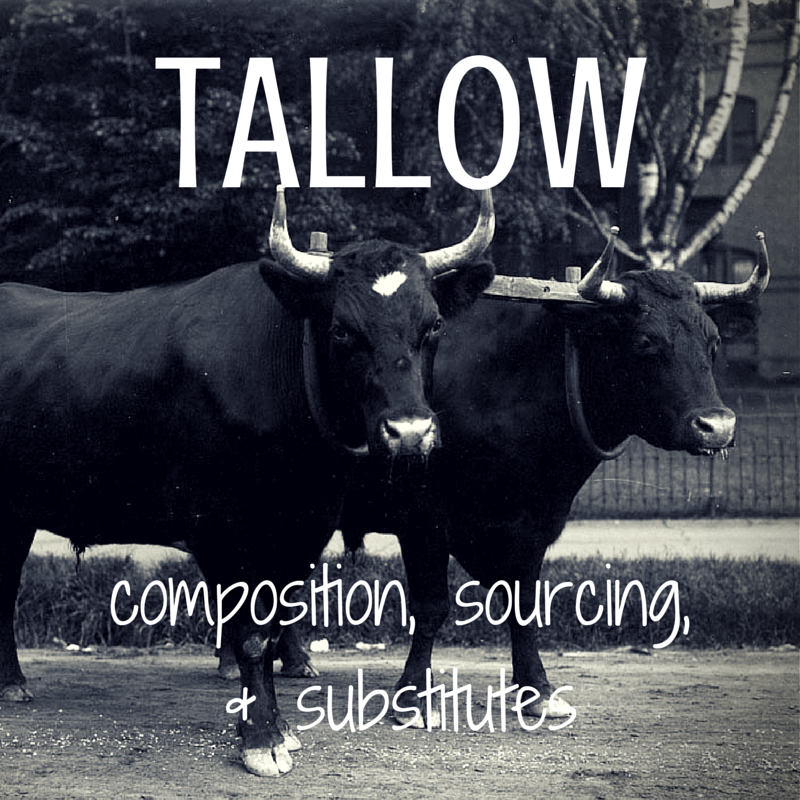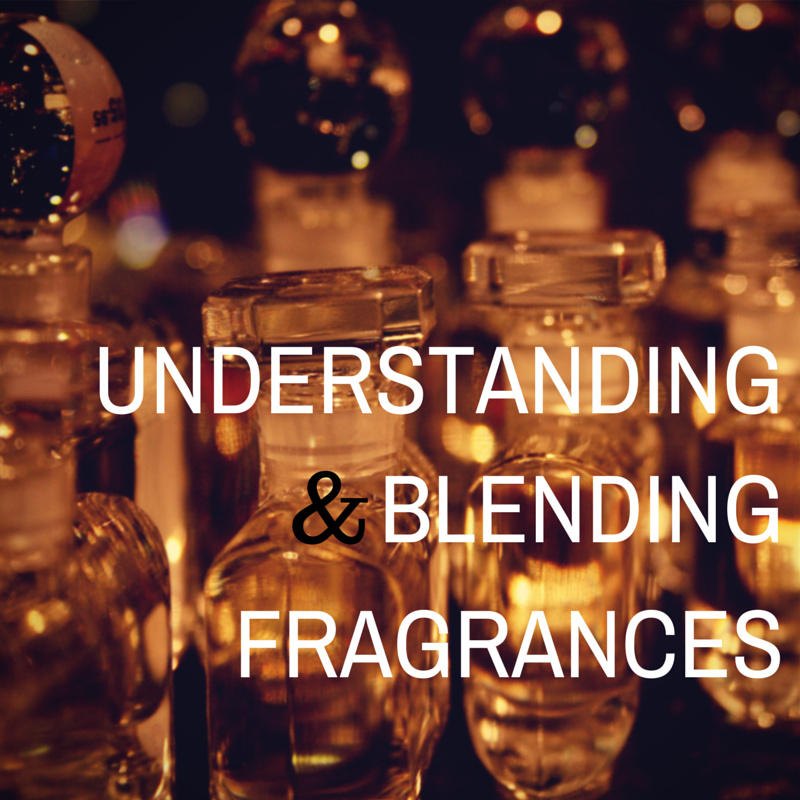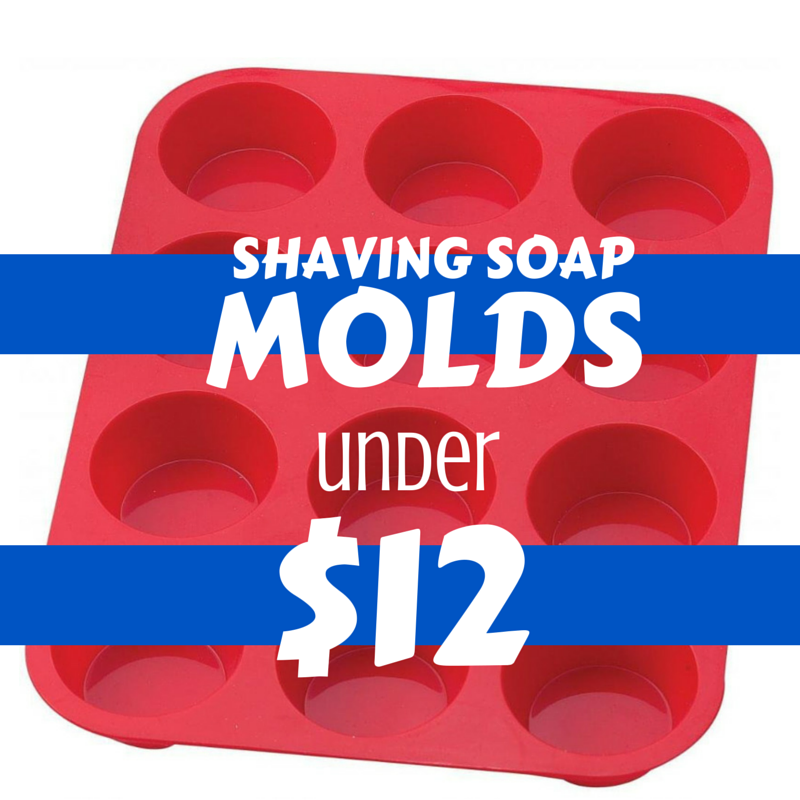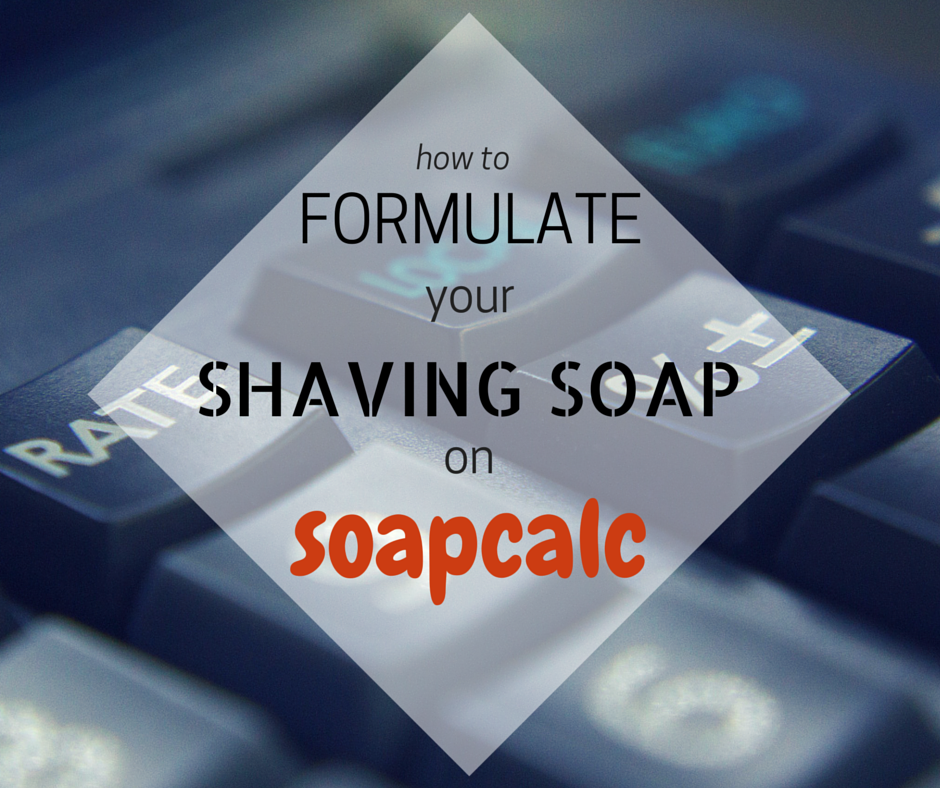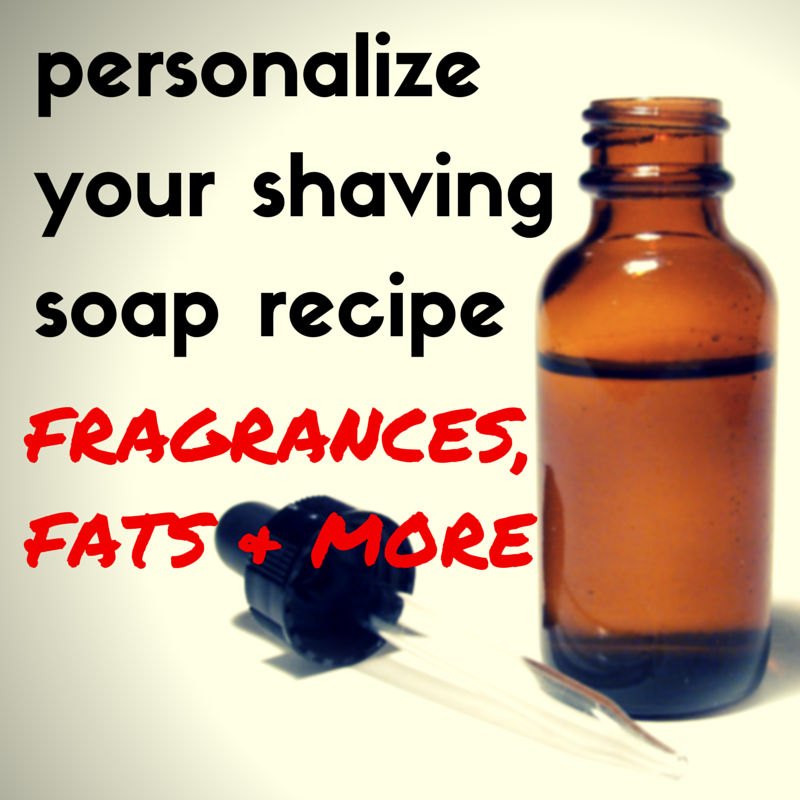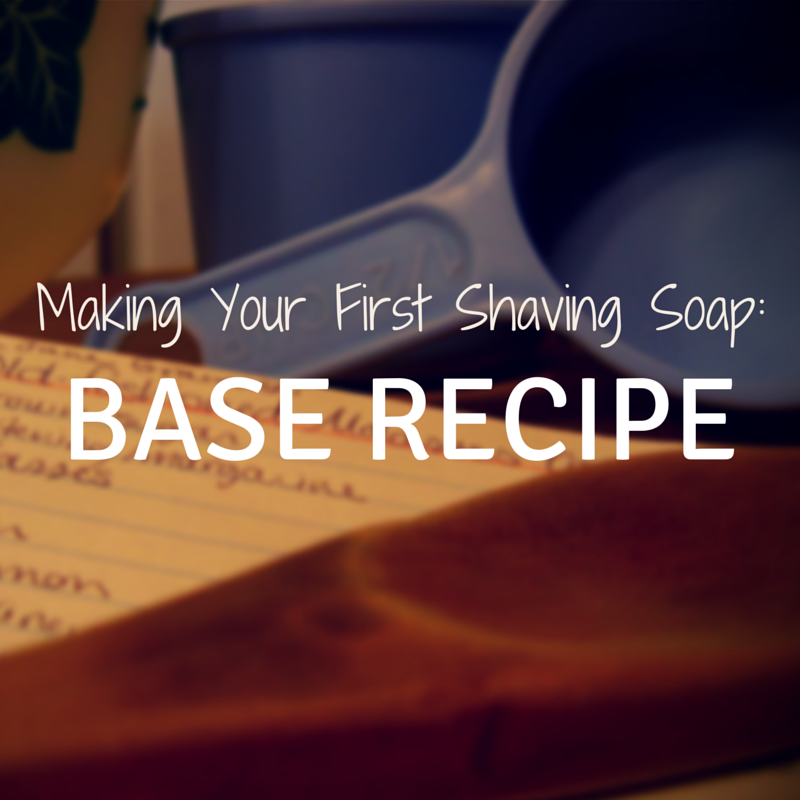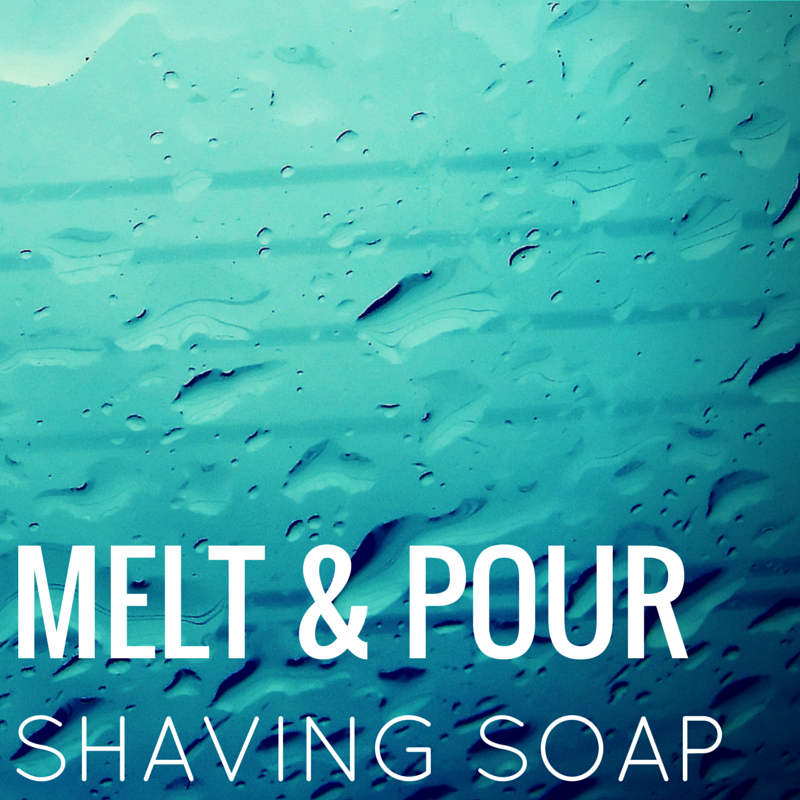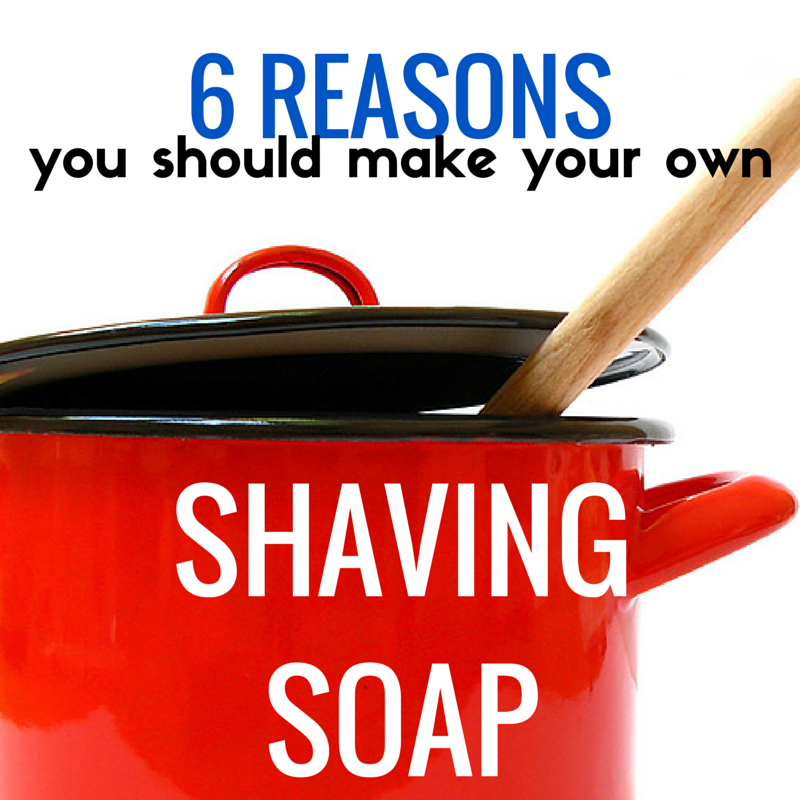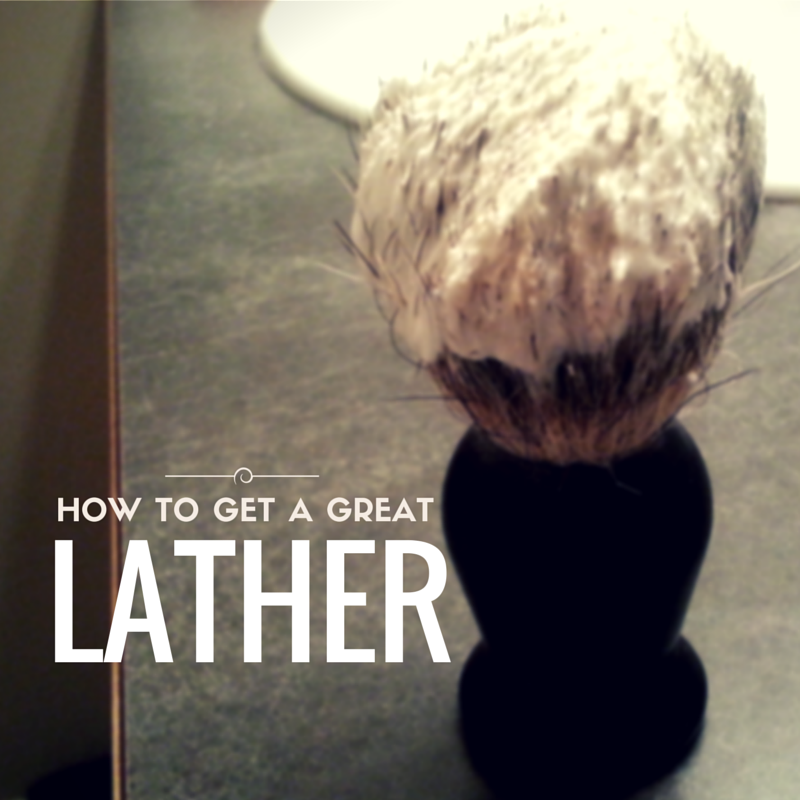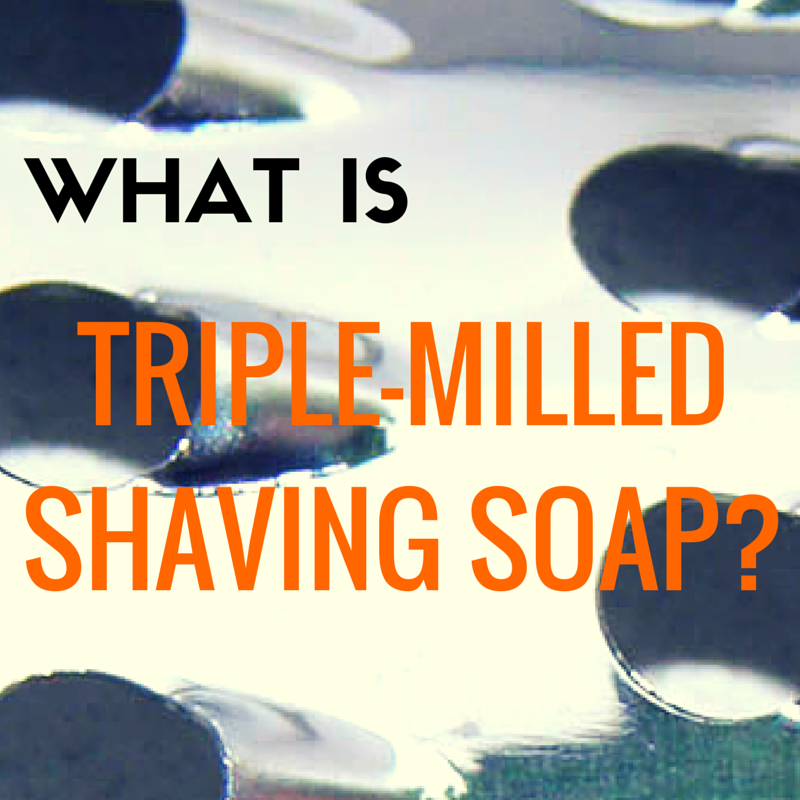Tallow is one of the most respected and instantly recognizable item in the ingredient list of many top shaving soaps. But tallow based soaps aren’t special… here’s why.
 Lewis
Lewis
Understanding & Blending Shaving Soap Fragrances
Fragrance is a key part of the experience when using a shaving soap. You want yours to stand out with a full range of complementary scents. But how do you choose essential oils that will blend nicely without muddling together?
Best Shaving Soap Molds Under $12
If you’ve just started making shaving soap, you might be content to slop it into a mug or bowl from around the house for testing purposes. But sooner or later, you’re going to want a shaving soap mold. You can get a specialized soap mold like this one from Brambleberry, but after shopping for ingredients … Read more Best Shaving Soap Molds Under $12
Using Soapcalc to Formulate Shaving Soap
Soapcalc is an awesome resource for soap making. But how should you use Soapcalc to formulate shaving soap? What do the numbers and factors displayed mean? How do you calculate lye ratios with Soapcalc?
How to Personalize Your Shaving Soap Recipe: Fragrance, Fats & More
So you have a shaving soap recipe that gives you a good shave and a rich, stable lather – but that’s it. For now, it’s unscented and far from extraordinary.
This is part of the process, though. It’s easier to establish a foundation and manipulate one or two things at a time in subsequent batches. When something goes wrong, this limits the number of possible culprits.
Now that we’ve got a solid foundation, it’s time to get a little more creative!
Read moreHow to Personalize Your Shaving Soap Recipe: Fragrance, Fats & More
Making Your First Shaving Soap: Base Recipe
Looking for a shaving soap recipe? I’m going to show you how to make your own, even if you’ve never made soap before.
If you’re new to soap making, it’s still a good idea to start with a base recipe to work from. That way, you can make small adjustments and observe their results.
Melt and Pour Shaving Soap
You want to start experimenting with shaving soap, but you’re feeling a little overwhelmed. Locating, buying, and handling lye and a myriad of oils can be confusing.
If you just want to experiment with different fragrances and/or superfats, melt and pour soap can be a great way to go. In this post, I’m going to sum up the pros and cons of melt and pour shaving soap.
6 Reasons to Make Your Own Homemade Shaving Soap
If you’ve already read a few posts here on Shaver Soaper, you might have asked yourself why you should bother making homemade shaving soap at all. After all, there are plenty of artisans out there selling great soaps already.
What if you don’t do it right? Won’t it be expensive? What should you do with the extra soap you make?
How to Make Shaving Soap with a Great Lather
Lather is the most important thing about a shaving soap. It’s got to be rich, long-lasting, slick, and moisturizing – and it can’t dry or irritate skin.
If you’ve been looking into how to make shaving soap, you’ve probably heard some off-putting numbers about how many recipe variations people have gone through to get a good lather. It’s my goal to help you skip some of that expensive and time-consuming process. In this post, we’ll get into the characteristics of an awesome lather and some of the fats soap makers use to achieve it.
What Is Triple Milled Shaving Soap? Is It Better?
Have you ever seen a fancy looking soap that boasts ‘triple-milled!’ and wondered if it’s actually better, or just a buzzword?
Maybe you make your own soap, and you’ve wondered about the process of triple milling soap and whether it’s worth your time?

